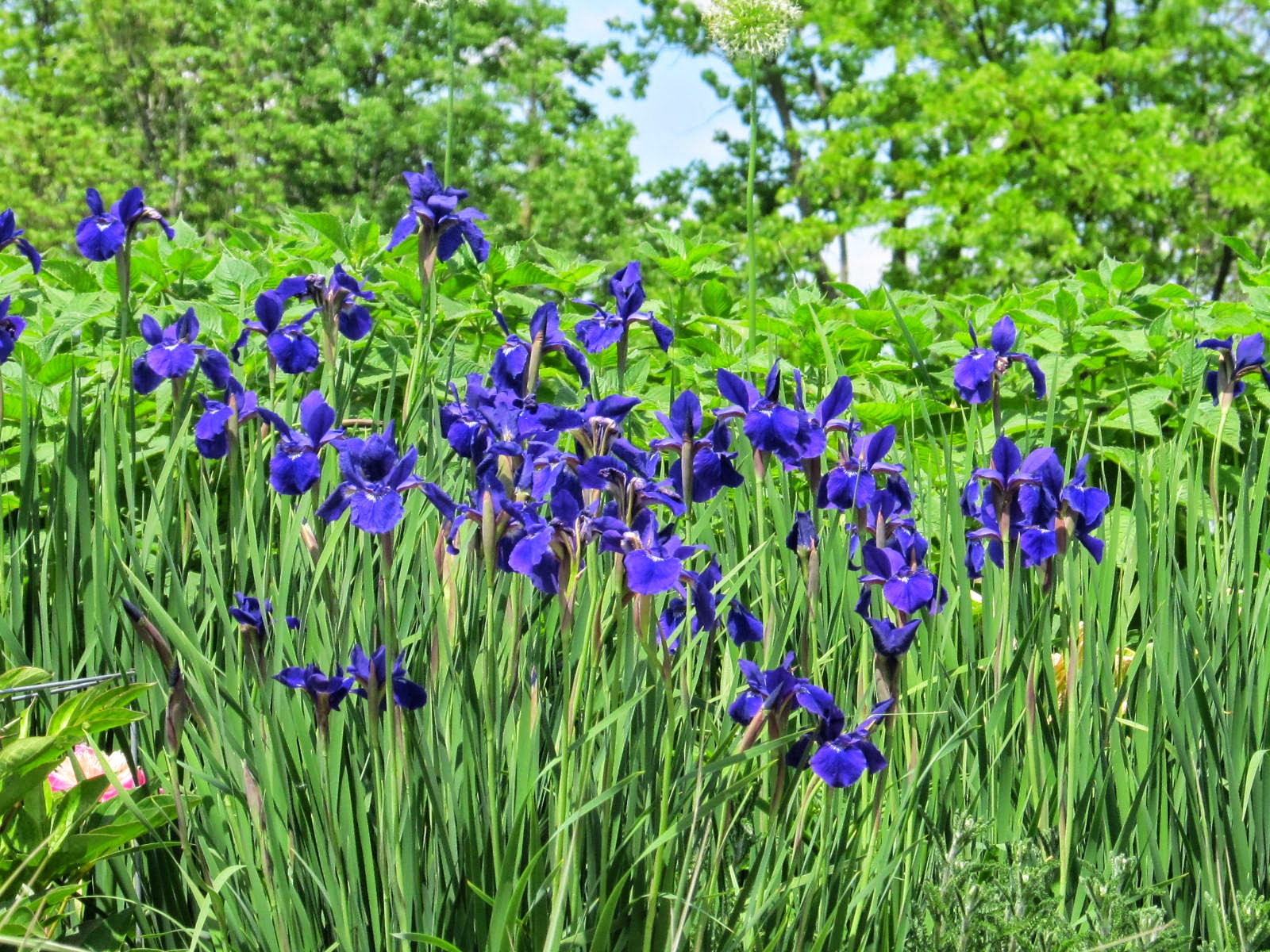Tuesday, May 27, 2014
Louisiana Iris
Louisiana irises are adaptable to most parts of the country. Although the preponderance of the irises found in the wild occur along the Gulf Coast, two of the five species are indigenous as far north as Illinois, Indiana, Ohio and Kentucky. Experience with Louisiana in colder climates has been good. There is a very successful public planting of Louisiana irises in Highland Park in Rochester, NY, for example, a spot some might have thought too cold.
The low and wetland origins of the native species should not imply that Louisiana irises require aquatic culture. They do love water and thrive in ponds and boggy settings, but Louisiana`s also grow and bloom exceedingly well in typical garden beds. These irises should not be allowed to dry out during periods of drought, however. They will stay green and grow through hot weather only with ample moisture.
Louisiana irises should be grown in half to full sun. Less than a half day of sun will diminish bloom. It is highly advisable to avoid close competition with large trees or plants with extensive root systems that would use most of the soil moisture. In hot climates, unless the irises are in ample water, full sun may stress the plants at certain times of the year.
Louisiana irises can be mixed with most smaller ornamental plants. They also can be grown in beds consisting entirely of irises, although iris-only beds may not be as attractive in late summer as the foliage begins to die back in preparation for the new growth cycle that begins in the fall. Any yellowed foliage can and should be removed to improve appearance and encourage new growth.
Siberian Irises
Siberian Iris (Iris Sibirca) are a most outstanding, maintenance-free species of plants. These graceful, but rugged plants bloom in late spring and maintain their beautiful grass-like foliage all season. After bloom, the mature seed pod and stem are excellent in dried arrangements. They prefer sun to part shade in evenly moist acidic soil. Not enough good can be said about Siberian Iris. They are rugged, vigorous, smothered with bloom. Not fussy about soil, they take a wide range of conditions, quickly forming large clumps. Resistant to iris bores and drought tolerant once established. Give them plenty of water until established. They love mulch, just like daylilies. This very hardy iris grows in zones 3-9.
Saturday, May 24, 2014
Tuesday, May 20, 2014
Subscribe to:
Comments (Atom)







